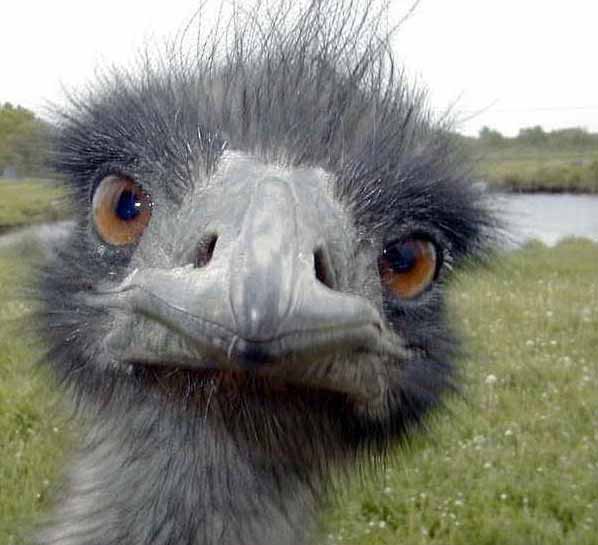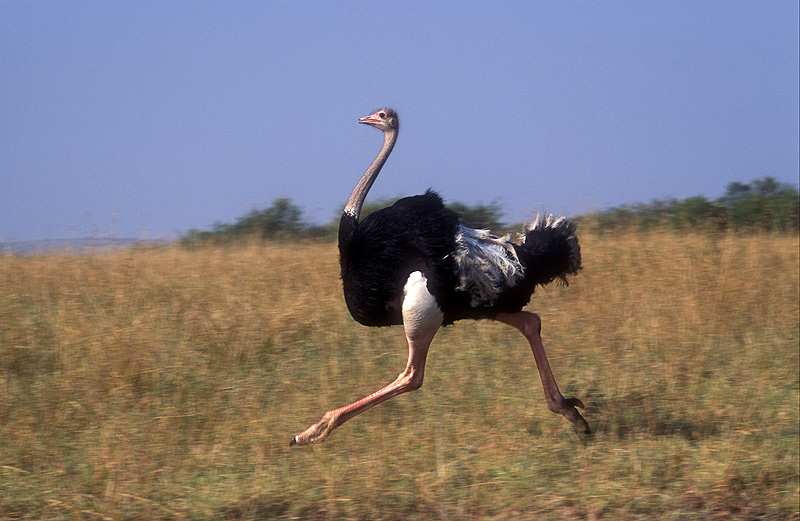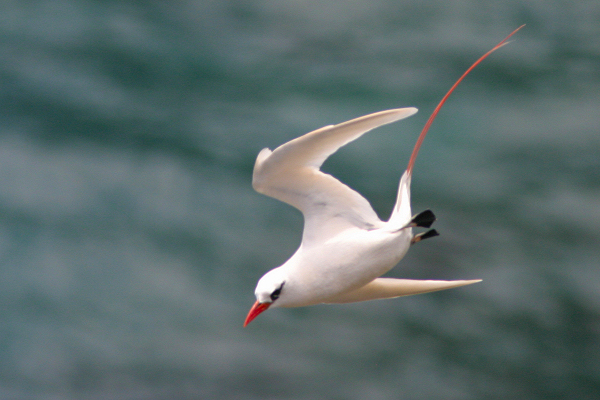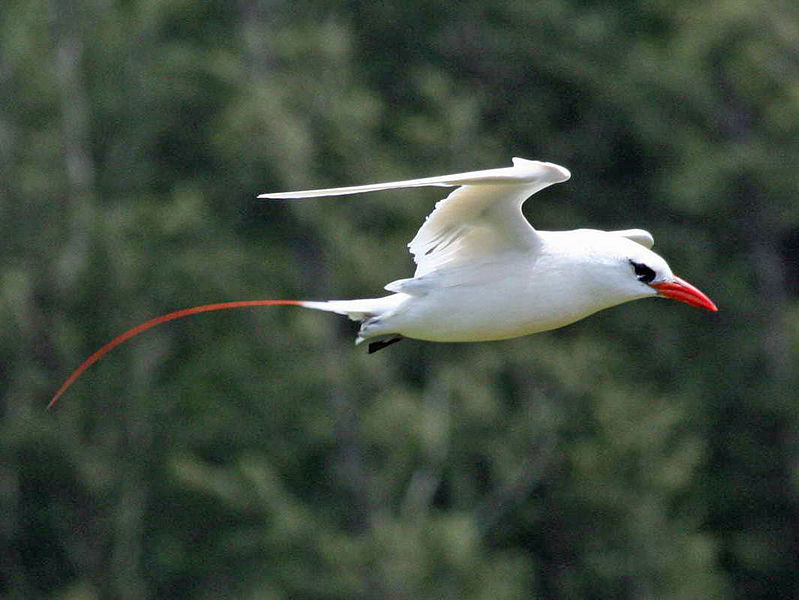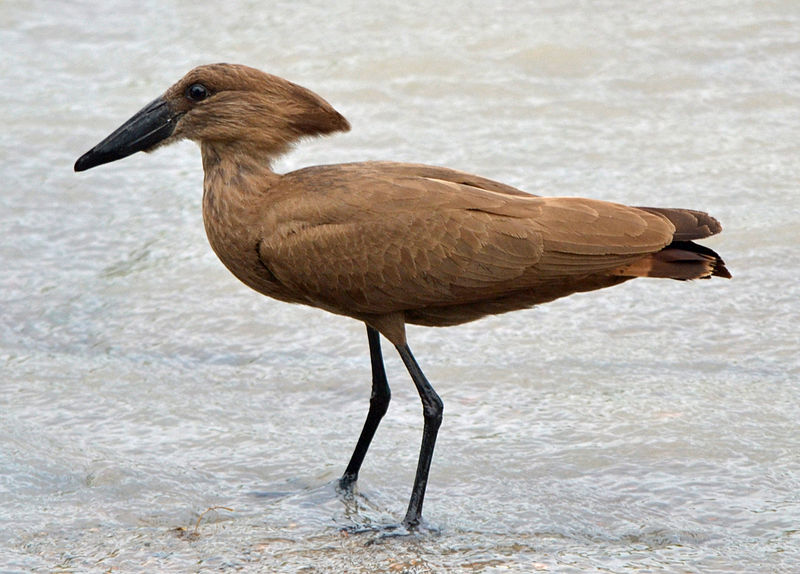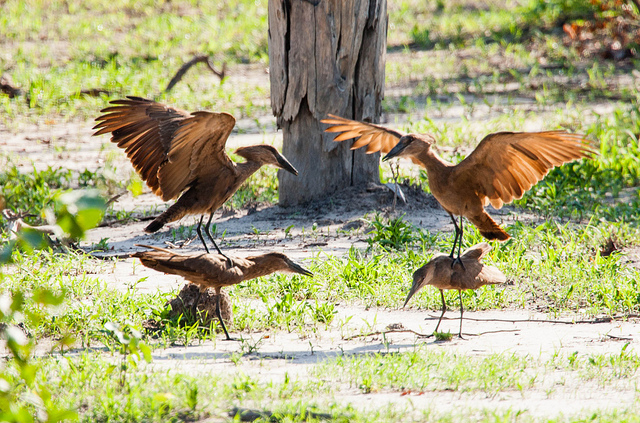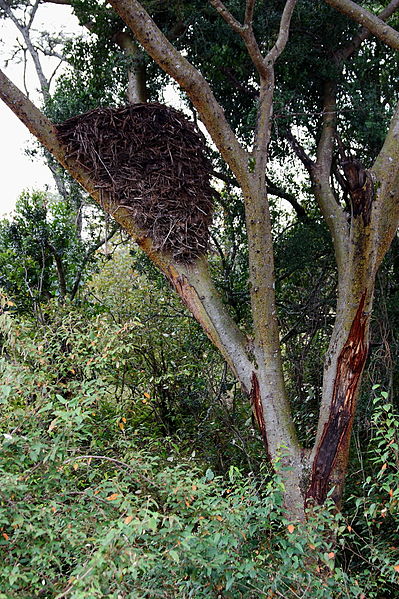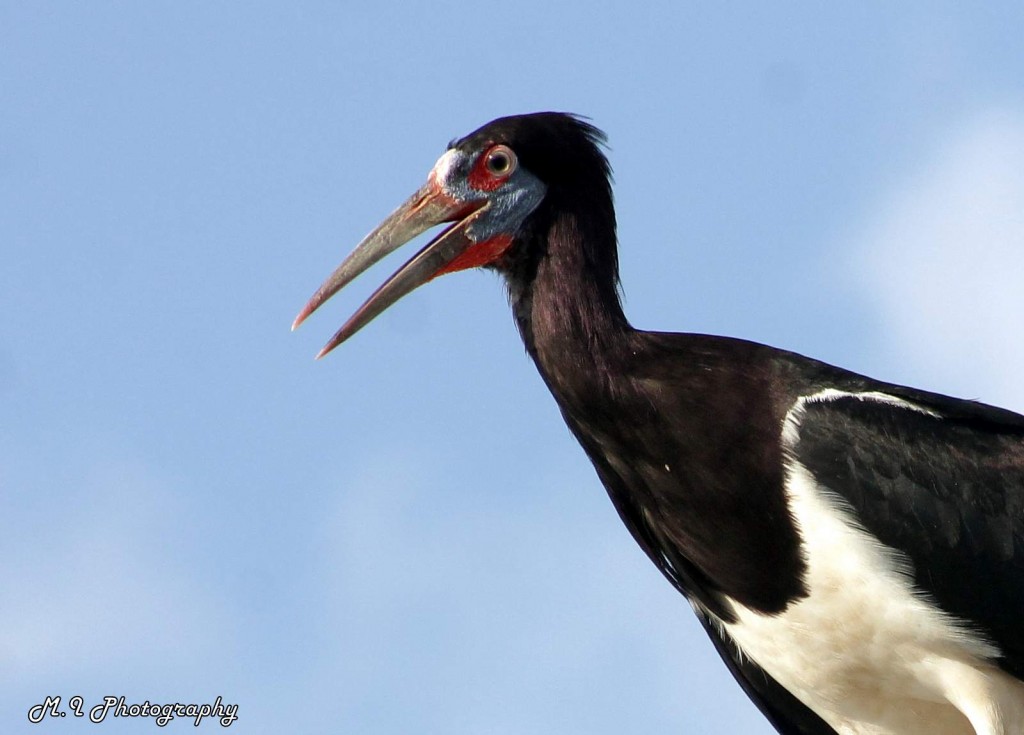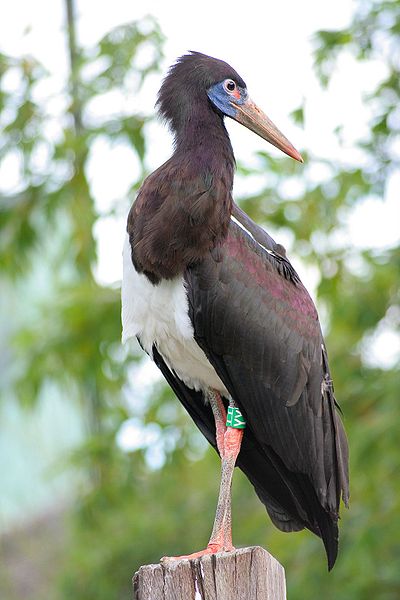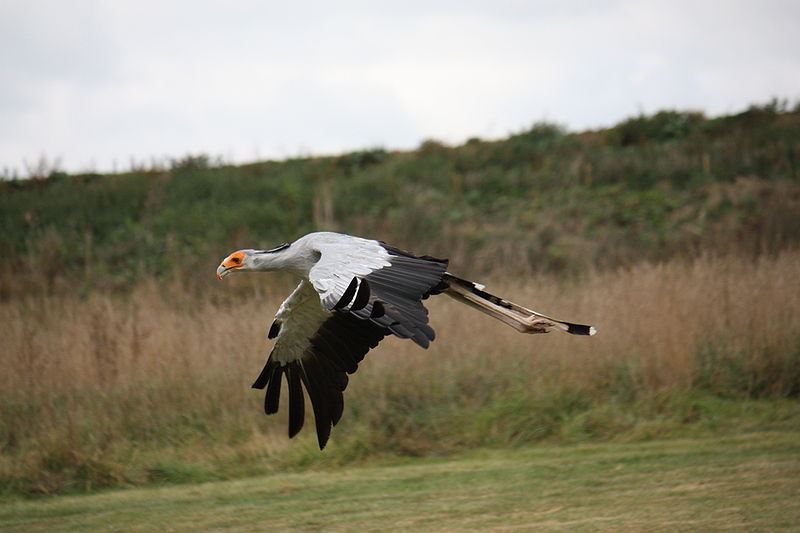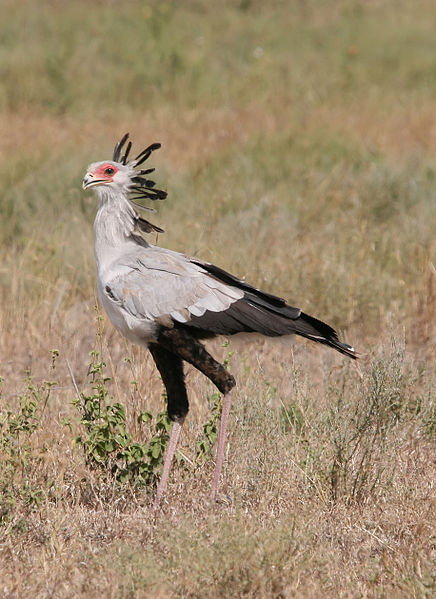The Bird Life Of Mozambique
The Republic of Mozambique, in the Southeast of Africa is home to 740 species of birds, 20 of which are globally threatened. Here’s just five of those fine feathered fellas in brief…
Ostrich
The Ostrich is a pretty familiar site to most people, but it’s only when you stop for a second and really think about them that you realise anew how incredibly weird they are. Top speed – 43 mph. Everyone knows they run fast, but think about a bird overtaking you whilst you’re driving at 40 mph. A bird… Just imagine it… incredible.
And they can grow up to 9 ft tall. I don’t care who you are, but this guy is taller than you, even on your tippy-toes.
In an effort to remain, or at least appear to remain vigilant at all times they sleep sat down but with their necks pointing straight up and heads facing forwards. On top of that they’ve got retractable winkies. So kudos to the ostrich.
Red-tailed Tropicbird
These delightful aerial dancers are relatives of the tern and so look fairly similar. Except they have a cool long tail. They spend the majority of their lives out to sea and their favourite snacks are flying fish and squid, so their breath is terrible.
Hamerkop
I’ve never seen anything like this chap before. He’s called the hamerkop because of his head’s hammer-like shape. The hamerkop are pretty numerous birds who’ve found their homes in many places from Africa to Madagascar to Arabia. They live in wetlands of any sort, including estuaries, lakesides, fish ponds, riverbanks and rocky coasts.
They’ve got some pretty strange behavioural traits, unlike any other birds. Hamerkop perform strange “rituals” where 10 or more individuals will make weird noises and run around each other in circles. They also do “false mounting” (above) where they stand on top of each other like they would if they were going to mate, but then they don’t bother.
Another oddity about the hamerkop is its nest. Despite being a fairly unimpressive size themselves, they build massive nests, up to 1.5 m across using as many as 10,000 sticks. Basically, a bit of an overkill. They are addicted to nest building, they build several nests every year whether they are breeding or not.
Abdim’s Stork
Abdim’s stork is also known as White-bellied Stork, but the Abdim bit commemorates the Turkish Governor of Wadi Halfa in Sudan Bey El-Arnaut Abdim (1780–1827).
Abdim’s storks are found in open habitats throughout Eastern Africa, from Ethiopia south to South Africa. Its diet consists mainly of locusts, caterpillars and other large insects, although the birds will also eat small reptiles, amphibians, mice, crabs and eggs given half a chance.
Secretarybird
What an impressive looking guy hey? These long-legged show offs spend the majority of their time running about on the floor, hence the lanky legs.
Secretarybirds mostly chases down insects, mammals ranging in size from mice to hares and mongoose, crabs, lizards, snakes, tortoises, young birds, bird eggs, and sometimes dead animals killed in grass or bush fires. In fact they often hang out by fires in the hope that a tasty morsel will run straight into harms way.
MORE:

